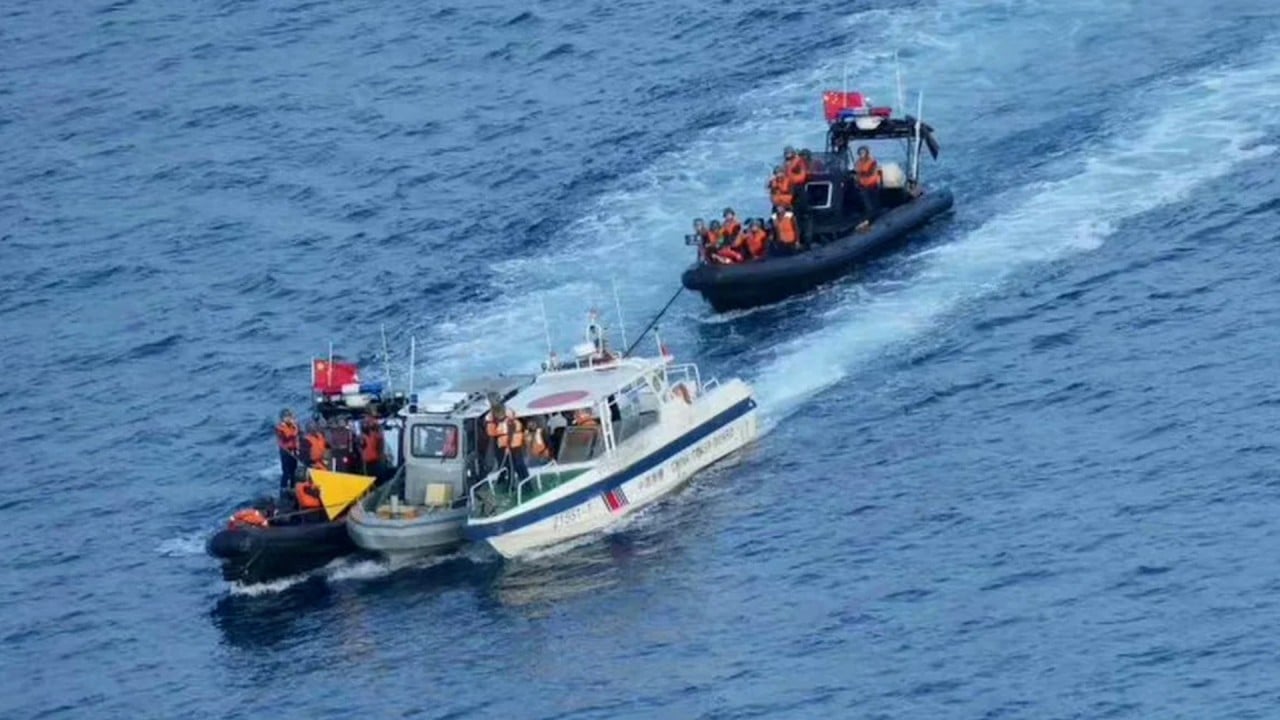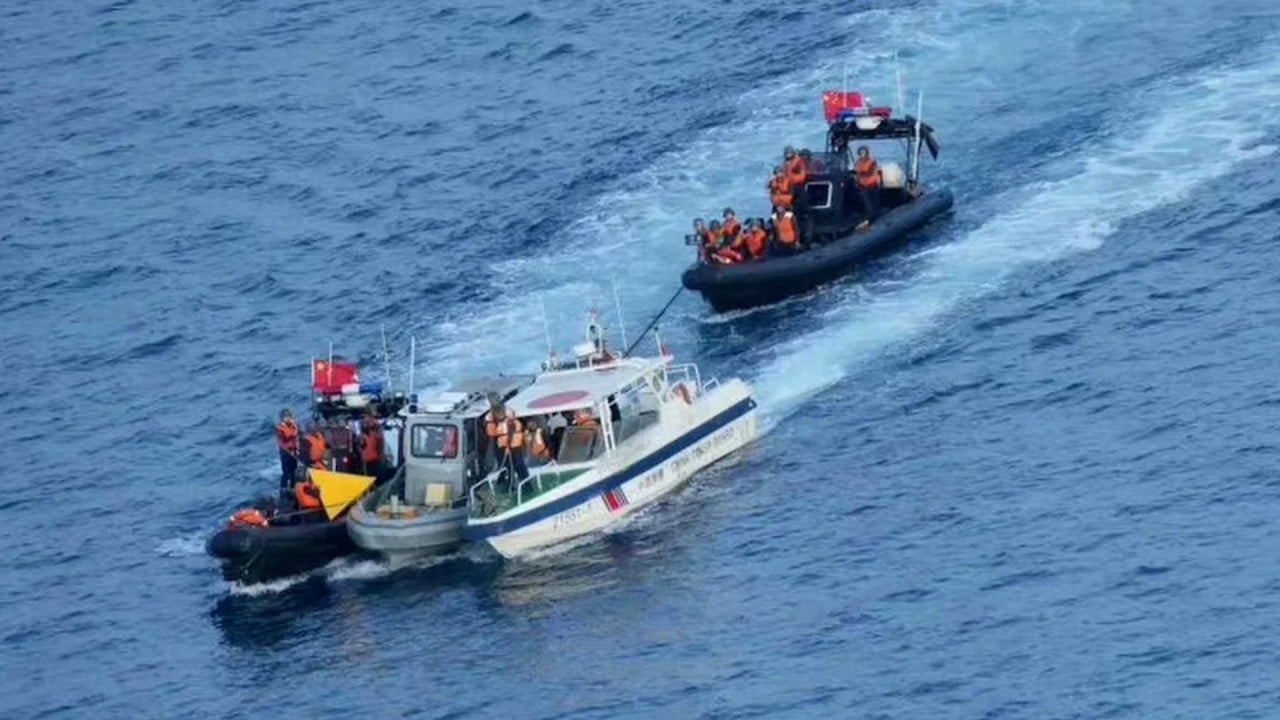Most Filipinos want China to follow a rules-based order instead of military actions to resolve the South China Sea conflict, a new survey finds, even as the Philippine military announced plans to adopt new countermeasures against Chinese incursions and propaganda.
Philippine Armed Forces Chief of Staff General Romeo Brawner Jnr said in a press briefing late Thursday that these measures would include “fighting back” during self-defence sea operations, protecting potential targets from Chinese missile and drone attacks, as well as countering Chinese fake news about the dispute.
Brawner said while the military would obey the order by President Ferdinand Marcos Jnr and the country’s commander-in-chief to “de-escalate” tensions, the general added he has instructed soldiers taking part in maritime operations that “you have the right to defend yourself [while practising] that concept of proportionality of force.”
He recalled that, during the June 17 incident in which Chinese coastguard personnel boarded two Philippine resupply vessels while brandishing knives and other sharp objects, Filipino soldiers were under strict orders to fight back without using any weapons.
He said that under the new rules of engagement, “if they use the knife, we will also use a knife … We will not use excessive force but apply the concept of proportionality.”
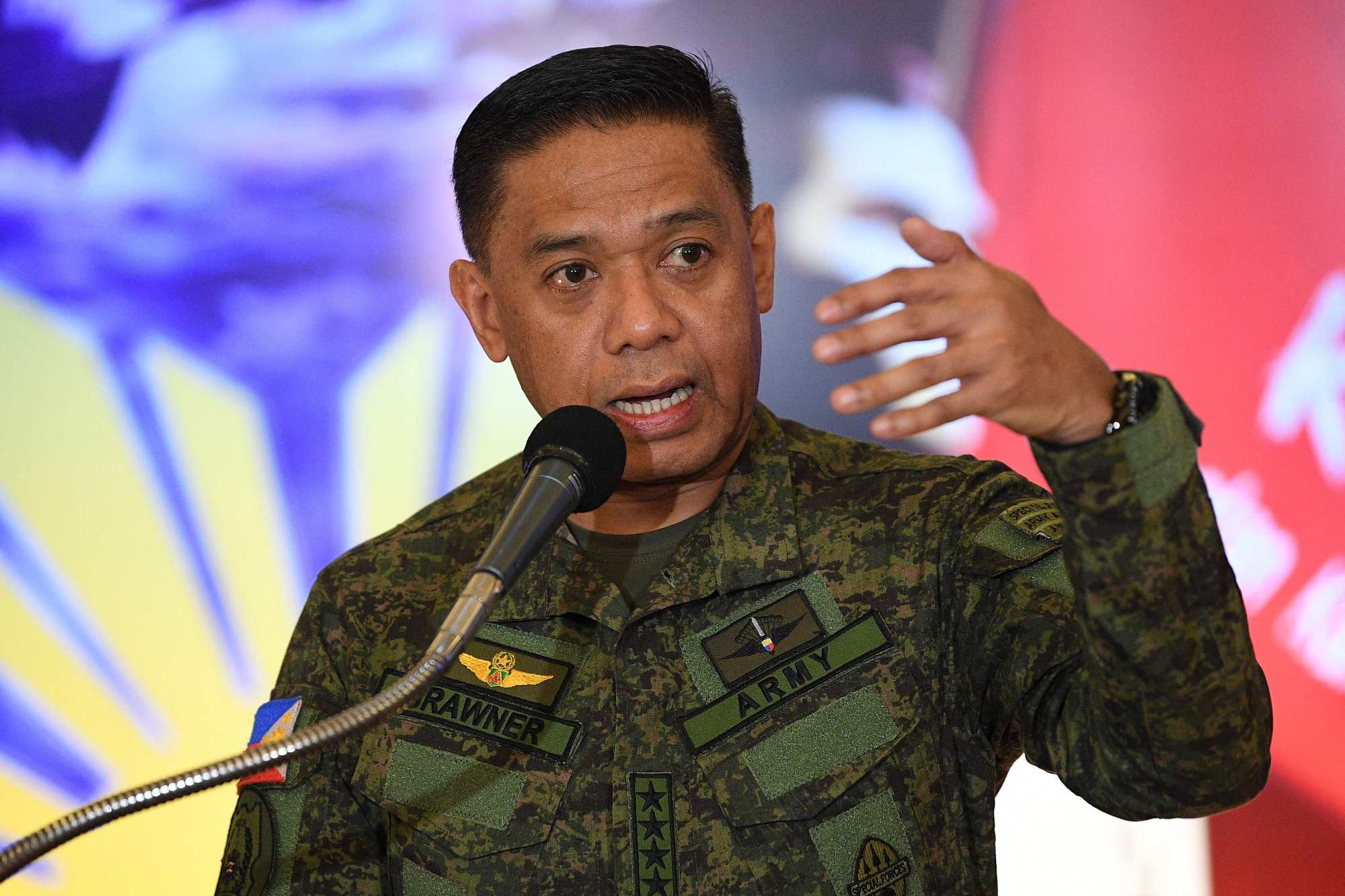
In a survey by Pulse Asia released on Friday involving 1,200 adult Filipinos from May 5 to 9, the private pollster asked, given a list of five measures, which ones should China do to ease tensions?
Sixty-four per cent of respondents said they wanted China to “agree to a code of conduct to govern actions of countries claiming territories and waters in the West Philippine Sea or South China Sea”. The West Philippine Sea refers to the portion of the South China Sea which includes Manila’s exclusive economic zone (EEZ) and the Pag-Asa or Thitu island.
Some 61 per cent also wanted China to “remove its coastguard and militia vessels” sailing in Manila’s maritime territory.
Around 49 per cent wanted China to pay compensation for reef damage; 39 per cent wanted equitable bilateral trade; and 23 per cent wanted China to invest more in the Philippines’ manufacturing and agriculture industries.
None of the measures the Philippine government has said it could take to “reduce tensions” surveyed by Pulse Asia was received enthusiastically by respondents.
Only 41 per cent said they wanted to “continue diplomatic discussions with China towards developing a code of conduct”.
One of Manila’s proposed measures – requesting US support by triggering the 1951 Mutual Defence Treaty signed between Manila and Washington – received the least support, at eight per cent.
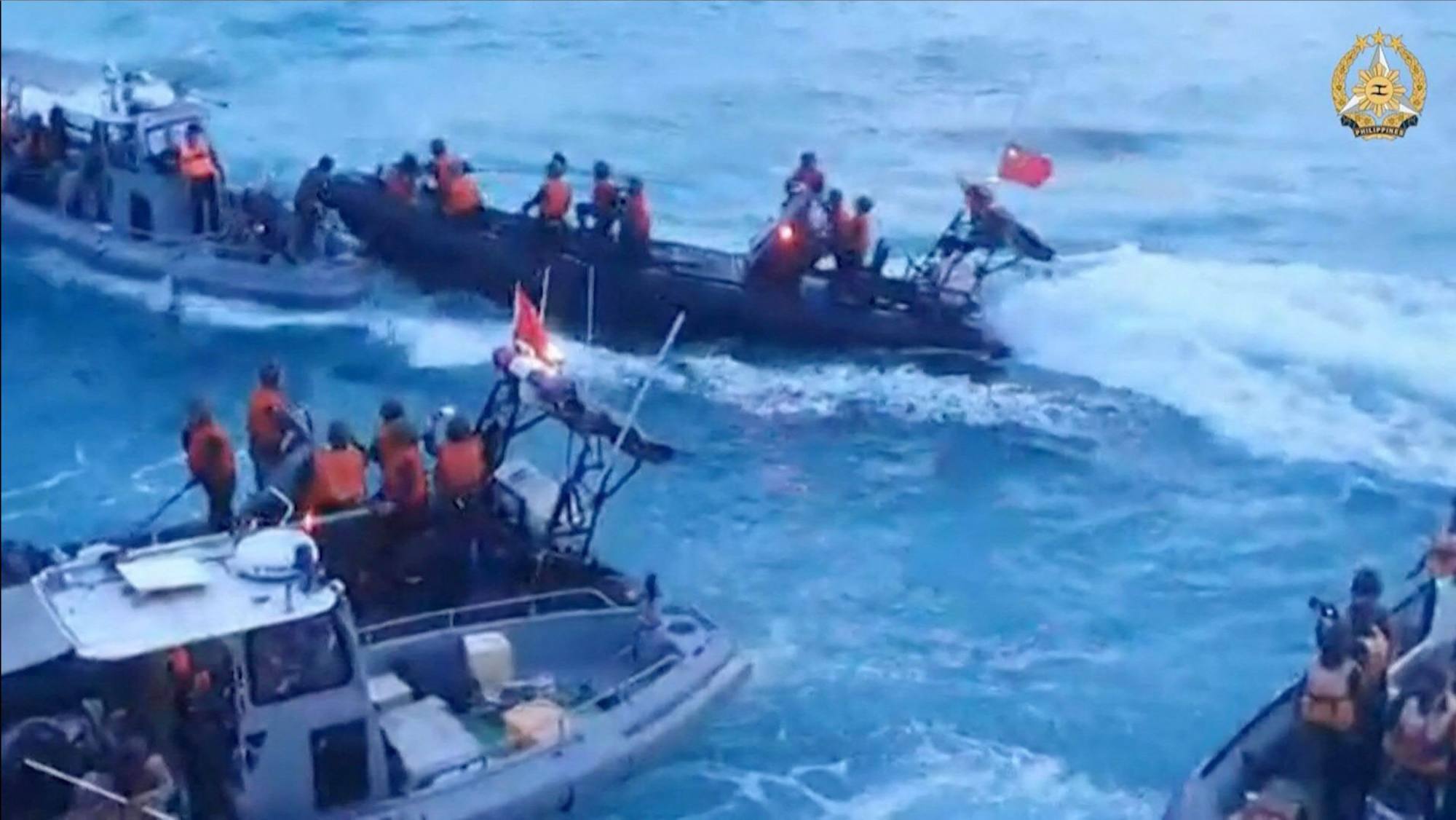
Around 33 per cent backed the submission of a resolution to the United Nations General Assembly “to force China to comply with the [Hague’s] arbitral ruling” issued in 2016 negating China’s so-called nine-dash line, which was the basis for China’s claim to nearly all of the South China Sea and the West Philippine Sea.
Some 17 per cent backed the appointment of a third party to mediate the bilateral dispute.
Pulse Asia said the survey had been commissioned but did not disclose by whom.
A non-commissioned survey released on May 27 by private pollster WR Numero Research noted that 68 per cent of 1,765 Filipinos surveyed from March 12 to 14 said the Philippine military was managing the maritime dispute “very well”.
Another poll firm, Octa Research, also released on June 6 a survey conducted from March 11 to 14 involving 1,200 Filipino respondents on their attitudes to the South China Sea dispute. Most respondents equally favoured military action (73 per cent) and diplomacy (72 per cent).
In his press briefing on Thursday, Brawner said the military had presented the president with “several options” for conducting the Philippines’ rotational and resupply operations involving BRP Sierra Madre, a World War II-era navy vessel grounded by Manila on the Second Thomas Shoal to serve as an outpost, which has fuelled tensions with Beijing.
Brawner noted that during the resupply operations, the Chinese military “operates under the threshold of war, so it cannot be called conflict. They call it grey zone [operations].”
He said, “We have a new name for it, ICAD, [because] these are illegal, coercive, aggressive, and deceptive.”
He promised that in the next resupply mission, “we won’t agree to be bullied just like that.”
To show that the military meant business, Brawner said he had ordered all military personnel to sew a patch of the Philippine flag on the right arm of their battle dress uniform. “ This is to show the patriotism of the Armed Forces of the Philippines. And this is also to align with the goals of Bagong Pilipinas,” or “New Philippines”, which is Marcos Jnr’s slogan for his administration.
Brawner also said the military has launched a new communication campaign called “Mulat”, or “awake” in Filipino, to battle China’s information warfare.
Explaining its rationale, Brawner said the “united front works of China” were “trying to influence various sectors of our society” to weaken the resolve of Filipinos to fight the Chinese aggressor.
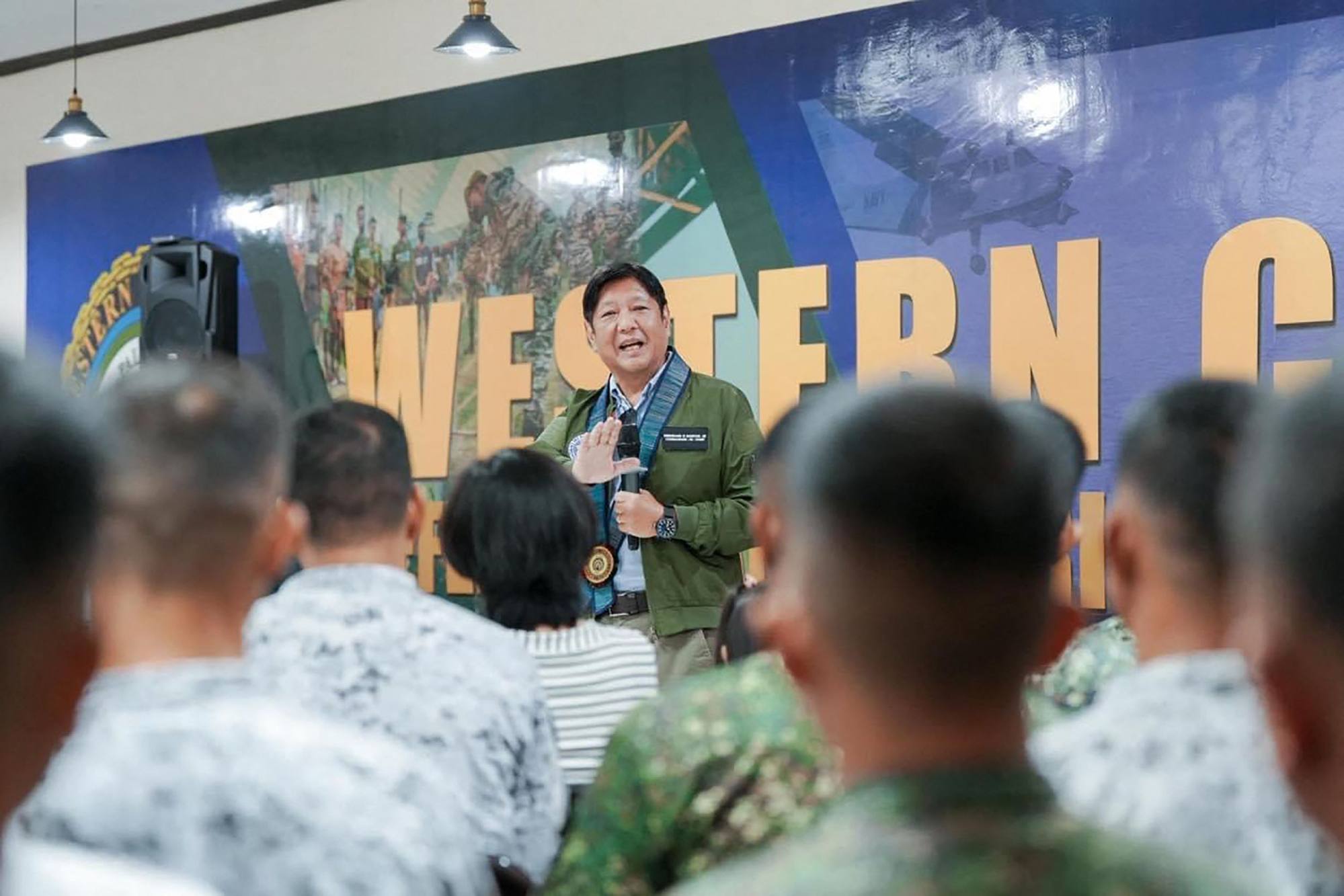
China was targeting the education sector, business, the media, local government units and online gaming companies.
He added the military would counter Beijing’s efforts by gathering relevant information and handing it to the proper government agency to handle.
The Philippine Armed Forces recently posted on its Facebook page an example of “fake news” circulating on the internet concerning “a massive shipment” of military supplies sent by the US to the Philippines.
Brawner also told Filipinos not to panic over a recent statement of the president’s sister, Senate Foreign Affairs Committee Chairman Imee Marcos, that China was planning to target 25 sites in the Philippines with hypersonic missiles.
He said the Philippine military did not have any such information on China’s missile plan but he would be reaching out to Imee Marcos to discuss the matter.
“A missile attack is a possibility … that is why we are also preparing for those … even drone attacks,” Brawner said.


